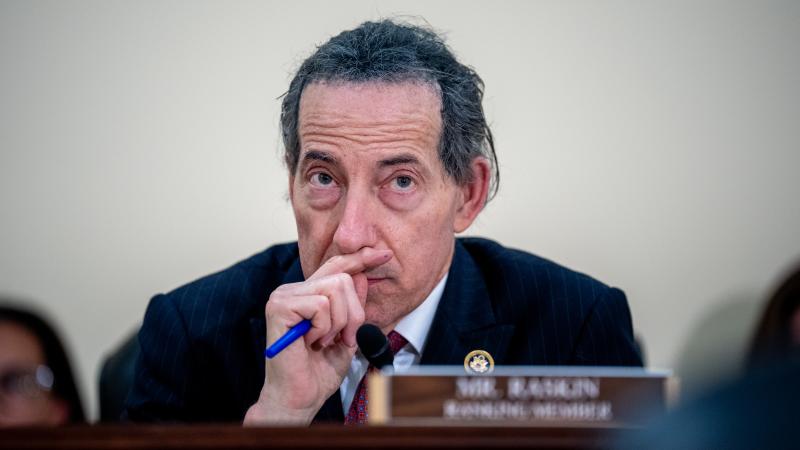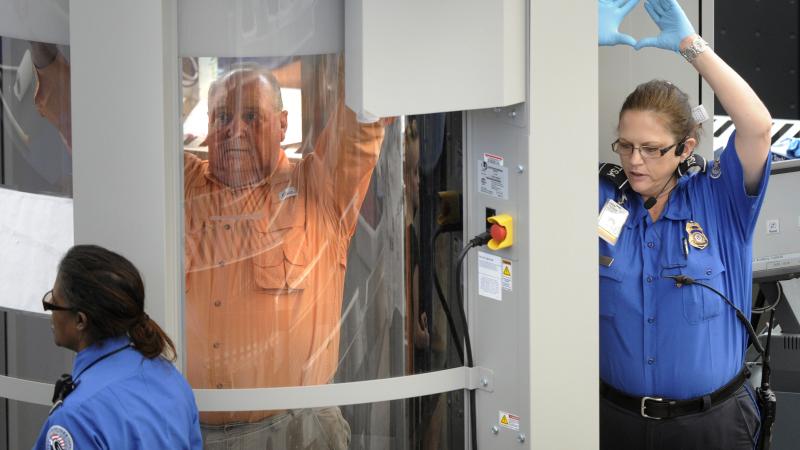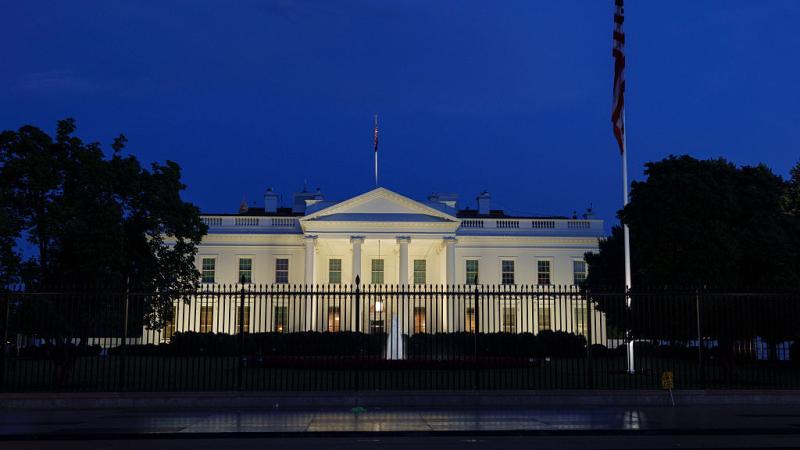School choice programs among ballot initiatives filed for 2022 California election
The Educational Freedom Act would create an education savings account program for parents whose kids attend private or charter schools
With 13 months to the November 2022 election, numerous ballot initiatives already have been filed with the California Secretary of State’s Office.
On the ballot already are citizen-initiated measures related to legalizing sports betting on Native American lands, changes to medical malpractice lawsuits, plastic waste reduction, and banning flavored tobacco products.
Four ballot initiatives have been cleared by the state for signature gathering. They address an environmental and sustainability education initiative, prison rights, child dependency and custody hearings, and legalizing hallucinogenic mushrooms.
But 21 other ballot initiatives are with the state Attorney General’s Office, which is tasked with accepting public comments and issuing a title and summary for initiatives.
The Legislative Analyst Office is also reviewing the 21 proposals to produce a fiscal analysis of each. Once the AG’s office issues the title and summary for the proposals, their proponents have 180 days to collect the required number of signatures and file petitions with county election officials to get them on the ballot.
The majority are citizen-initiated state statutes. By law, they are required to receive enough signatures equal to 5% of the votes cast in the preceding gubernatorial election in order to qualify, or 623,212, according to Ballotpedia.
Two of the initiatives relate to creating Education Savings Accounts, though they differ in how the funds would be administered and implemented, in the dollar amount of the funds that would be made available, and how they could be spent. One is also more restrictive for home-schooling families.
The California Education Savings Accounts Initiative (#21-0006), known as the Educational Freedom Act, would create an education savings account program for parents whose children attend private or charter schools or who home-school.
It was submitted by the California School Choice Foundation, led by Michael Alexander, and several others.
It would allow all K-12 students to enroll immediately in the program once it became law. Parents would receive $14,000 in the first year, and the amount would increase with inflation. The money could be spent at any accredited school, and home-schooling families could use the funds for educational expenses. It includes no cap on how much can be saved or rolled over to the next year. Any amount left after a student graduates high school could be used to fund post-secondary education.
The California Education Savings Account Initiative (#21-0011) would create a $13,000-per-year education savings account program for K-12 students who attend non-public schools and educational programs. After 2023-2024, the annual education savings deposit would be adjusted based on Proposition 98. The 1988-era law is the basis used for the state’s educational budget formula requirement.
It was filed by Fix California, led by former Director of National Intelligence and Ambassador to Germany, Richard Grenell.
It also would allow all K-12 students to enroll in the program. But they would initially receive $13,000 in the first year, which would also increase with inflation. Eligibility would be phased in over a four-year period and based on family income, with those having the greatest financial need being able to access the program first.
Funds would also be limited to home-schooling families. Those unaffiliated with a formal educational institution, public or private, would be ineligible. It also imposes a savings cap of $50,000 for post-secondary education.
ESAs save taxpayer money and give families education options, their proponents argue.
In the U.S., educational quality is determined by zip codes, the State Policy Network says. “Some parents can afford to send their child to a private school if their public school is inadequate, but low-income families that are zoned for an underperforming public school may not have the resources needed to send their child somewhere else. America’s one-size-fits-all approach to education often hurts minority and low-income children the most, who can’t afford to pay for alternate education options. ESAs are a solution to this problem.”
Arizona was the first state to enact an ESA program in 2011, pioneered by the Goldwater Institute. Since then, Florida, North Carolina, Mississippi, and Tennessee have enacted ESAs, and 23 states have introduced ESA legislation.
According to a Goldwater Institute analysis of Arizona’s ESAs program, it “actually benefitted public schools by redistributing funds back to remaining public school students, directing program savings to public school IT infrastructure, and helping to serve one of the most high-need, high-cost student populations in the state – all while decreasing taxpayer costs and safeguarding public funds.”
If both initiatives make it out of the AG’s office, and receive enough required signatures, both could be on the ballot. But because they are so similar, if both were to pass, the one that receives the greatest number of votes would be enacted.
The California Policy Center argues both initiatives would “establish the nation’s most comprehensive ESA program, available to all K-12 students in the state.”
















